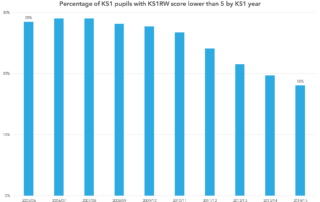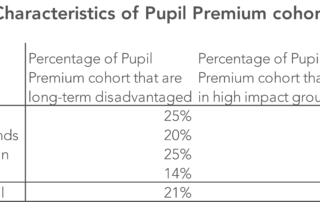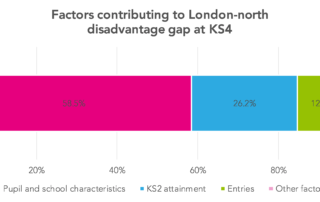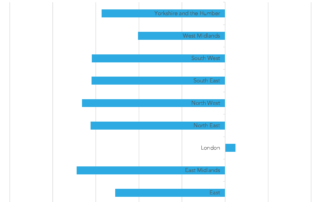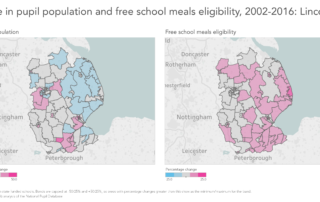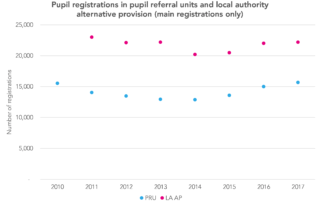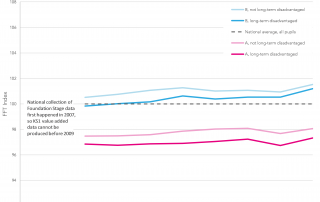Chances of success at Key Stage 4, part one
This is the first of two posts in a series of blogposts looking at the relationship between Key Stage 1 attainment and Key Stage 4 outcomes. The second post can be found here. There are many ways of defining success at Key Stage 4. One aspect is whether pupils have attained appropriate literacy and numeracy [...]



